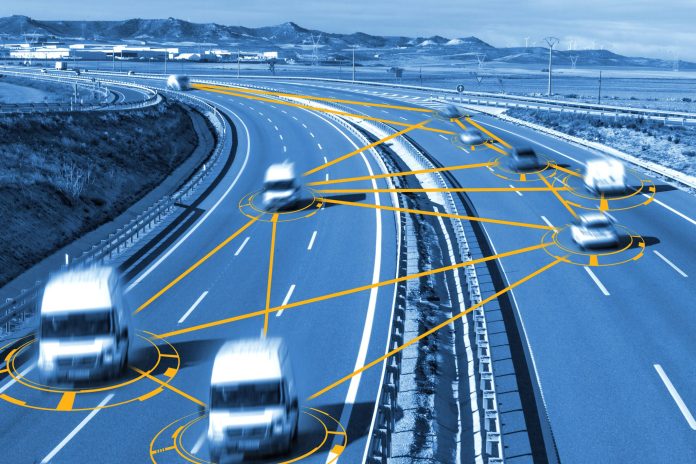According to Canadian operator Telus, current intelligent transportation systems (ITS) are on the verge of significant transformation as advanced network technologies, such as 5G and Multi-Access Edge Computing (MEC), are enabling solutions in ways never thought of until now.
“Instead of managing independent siloed systems, transport authorities are now embracing a cohesive infrastructure strategy and integrated systems, reducing their Total Cost of Ownership (TCO) and creating operational improvements that outweigh the cost. Adaptive traffic signals, transit signal priority, and electronic information signs are just some of the advancements we have been observing in the Intelligent Transport Systems (ITS) space. However, with the ongoing rollout of 5G and edge computing technologies, we can expect to see advanced use cases and a collaborative ecosystem where agencies, telcos, and other businesses come together to drive progress in ITS,” Telus said in written comments to Enterprise IoT Insights.
Telus noted that for multi-modal transportation analysis, the AI-enabled cameras detect and process traffic data dynamically at the edge and provide input to traffic signal controllers at intersections. “This drives a myriad of use cases to optimize traffic flow and assess safety in the moment. In the future, the cameras can be retrofitted with 5G antennas to provide 5G based vehicle-to-everything (V2X) connectivity, enabling high throughput, high reliability, low latency, and accurate position based use cases,” Telus said.
The carrier also said that ITS technologies connect siloed systems in road transportation networks and facilitate seamless flow of information between different entities, creating value for everyone involved from operators to citizens. This interconnected system has led to the production of a high volume of data and is being stated as IoT in ITS. “Availability of such extensive data has resulted in the use of Artificial Intelligence as a tool to model, analyze, and predict different traffic issues and solve them before they occur. When coupled with 5G wireless communications networks, these technologies support high bandwidth applications at low latency, facilitating use cases that were not previously technically or economically viable.”
Intersections in any city are considered a foundational component to achieve traffic efficiency and to improve safety, according to Telus. “Vehicle detection at signalized intersections helps understand the traffic demand and signal performance. This has been implemented traditionally for decades in many different ways with limited accuracy. However, with advancements in smart camera technology, AI-enabled video-based detection has emerged as an accurate and cost-effective method to not just detect multimodal traffic, but also support safety measures which leverage video data to proactively identify potential issues.”
“Moving beyond vehicle detection are complex use cases of Advanced Traffic management that encapsulate adaptive Signal timing based on real-time traffic conditions, integration with connected vehicles, inter-agency data sharing and centralized platforms to manage the entire mobility ecosystem. The major challenge to achieving such an integrated offering is the lack of industry standards for ITS architecture. Most countries however are working actively to solve this challenge,” Telus added.
The Canadian company also said that advanced wireless communication, and specifically 5G, will enable a truly Intelligent Transportation System in the future by unleashing the potential of connected and autonomous vehicles because of 5G’s capability to deliver unprecedented quality of service, including low latency, enhanced broadband access and ubiquitous connectivity. “5G-based Vehicle-to-Everything (V2X) communications are estimated to reduce non-impaired crashes, including crashes at intersections or while changing lanes; improve traffic flow; and bring infrastructure cost savings,” Telus added.
For more information on Intelligent Transportation Systems, download this free report

